
|
|
|
|
|
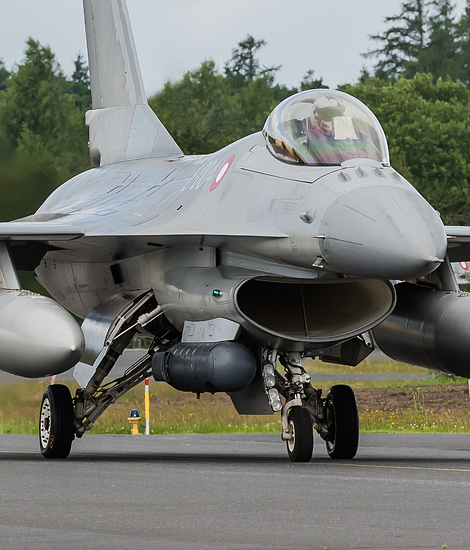
|
Danish Contribution to a Safe Europe; Skrydstrup, July 4, 2017
The Danish Quick Reaction Alert, part 2; Text and Photograph's by Alex van Noye
Denmark is a country which also participates outside its own borders in detachments when it comes to Quick Reaction Alert. One of the most important missions in which Denmark has participated in the QRA task were the "Air Policing Missions" over the Baltic States and Iceland for the security of Europe against Russia.
For years the western half of the areas where the "Air Policing Mission" was carried out was controlled from Denmark. These tasks were carried out from the Combined Air Operation Center (CAOC) in Finderup. This checkpoint was located on the peninsula about 20 km west of Viborg in the middle of the military training area Finderup in Denmark. The bunker in which the CAOC Finderup is located was built between 1977 and 1985. This bunker was during the Cold War the headquarters for the Baltimore Approaches (NATAL) and the Baltic approaches (BALTAP). At the end of the Cold War, BALTAP was dissolved. After the Cold War, the CAOC was part of the "Air Policing" mission of the NATO and the center was responsible for the airspace around Iceland, Norway, Denmark and the United Kingdom. According to the NATO concept (NATINADS) of the NATO Integrated Air Defense System, funds are allocated to NATO by countries when it comes to air defense in peacetime. In Germany, the second CAOC in Uedem took over the control of the eastern part of the Baltic Sea and Poland. The primary task for CAOC Finderup was to perform "Air Policing" 24 hours a day in the assigned Air Policing Area (APA) in peacetime. In the event of crisis and war, the CAOC was charged with the preparations to be fully operational during the Crisis Establishment or to strengthen another CAOC under the Joint Force Air Component (JFAC) concept. At the end of June 2013, the CAOC in Denmark was deactivated and the responsibility for the entire Air Policing Area was transferred to the CAOC in Uedem in Germany.
Since the Baltic States, Lithuania, Latvia and Estonia have become members of NATO, these countries are continuously supported during the Baltic Air Policing missions. The air forces of these countries are unable to defend their own airspace against invaders from Russia. To support these countries, NATO detachments are stationed in these countries. The Danish Air Force also contributes to this mission. In
|
|
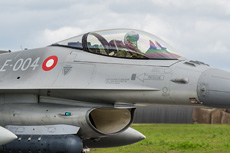
|
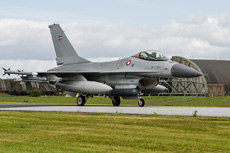
|
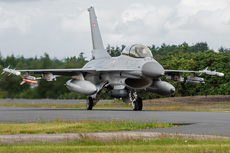
|
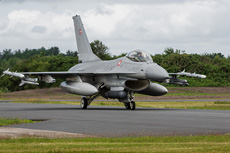
|
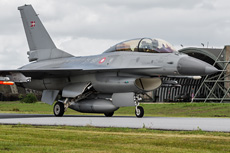
|
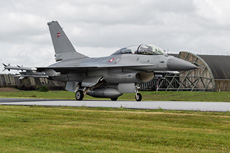
|
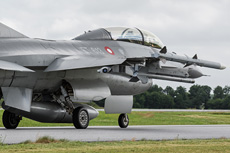
|
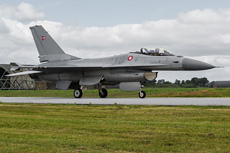
|
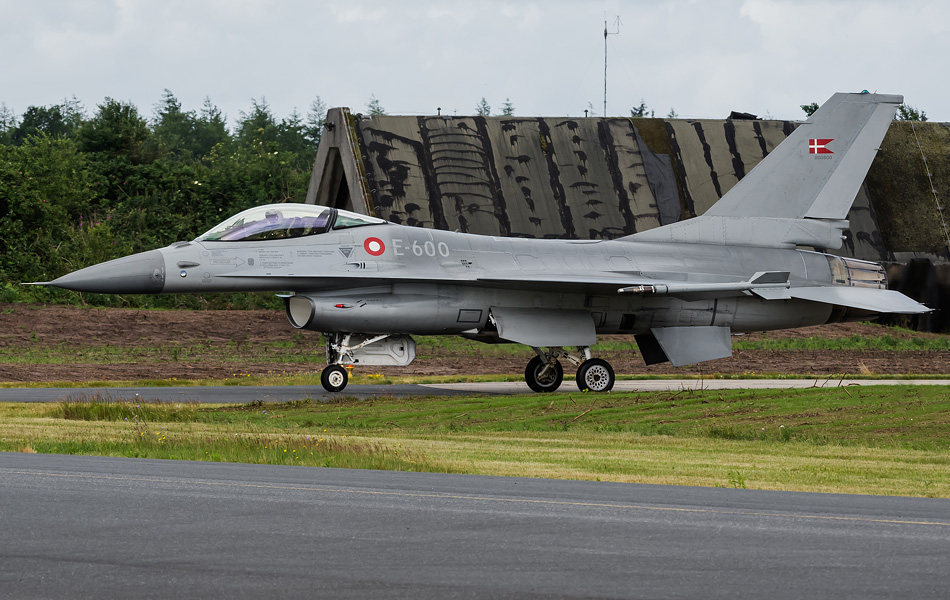
|
total, the Danes took five times part in this mission. Because Denmark had a leading role in the "Policing" missions in a part of the north of Europe with the Combined Air Operations Center in Finderup, Denmark was one of the first countries to have a detachment with F-16s on Šiauliai-Zokniai in Lithuania in 2004. The Danish F-16s were on QRA and were also regularly scrambled to really intercept Russian planes over the Baltic Sea. A second and third detachment on the same airbase took place in 2009 and 2011. The final detachment on this basis until now took place in 2013. Also Ämari in Estonia is, just like the Lithuanian airbase Šiauliai-Zokniai, prepared for a NATO detachment for the Baltic Air Policing mission. Due to the increased tensions between Europe and Russia, detachments have also been placed at this airfield since 2014. In April of 2014, Denmark was involved for the fifth time in the Baltic Air Policing mission. This time, the four Danish F-16s would operate from Ämari in Estonia.
The Iceland Defense Force (IDF) was the military command of the United States on Iceland from 1951 to 2006. The IDF would cease to exist from September 2006. On September 20, the last American F-15C/D fighter planes of the 85th Group were flown to America. Soon the government of Iceland asked for help in defending the country. Other NATO countries such as the Baltic States had similar arrangements with the NATO member states. This new mission on Iceland would be carried out under the name Iceland Air Policing. Denmark would play an important role in this mission. In all, the country has already had a QRA detachment on Iceland for three times. In March 2009, the Danish Air Force took responsibility for the defense of this country for the first time. In addition to four F-16s, the Air Control Wing was also sent to Iceland to assist traffic control in the surveillance of airspace. The same happened with the deployment to Iceland in March 2010. The Air Control Wing was assisted during this two missions by the CRC (Communications & Radar Center) (Icelandic: Íslenska Loftvarnarkerfið) in Iceland. The CRC consists of four radar complexes which are each built in the four quadrants of Iceland to control the airspace. The third Iceland Air Policing took place for the Danish Air Force in August 2015. Also here, four F-16s were sent from Skrydstrup to Keflavik for the QRA duties in that country. At all detachments there are two armed F-16s ready at Keflavik. The two other F-16s are the standard back-up aircraft and are on stand-by as a second team. The QRA F-16s were parked in specially equipped shelters on the military part of Keflavik.
The last missions around the "Air Policing" in which Denmark was involved was an experiment in Greenland. The Greenland government has no control over the military or foreign affairs of Greenland. The defense of Greenland is the responsibility of Denmark. After the referendum for more autonomy in November 2008, which received considerable support from the people (75% in favor), the governments of Greenland and Denmark agreed to a 30-point package which will give Greenland more powers over its defense and other foreign affairs. As a result, more tasks for the Danish defense were needed in Greenland. For years the Danish Air Force has flown patrols over Greenland using the CL-604 Challenger and C-130J-30 Hercules. In 2015, it was decided to also fly here with F-16s. In the past, the Danish F-16s have more often made tank stops at Kangerlussuaq (Sønder Strømfjord) on ferry flights to the United States. During this mission, however, it would be the first time that the missions were actually flown over Greenland. On August 5, 2015, three F-16s from Skrydstrup left for Kangerlussuaq. The aircraft were accompanied by a C-130 Hercules with spare parts and ground personnel. During their mission to Greenland, the F-16s landed at Thule Air Force Base. After flying a number of successful flights during the "Air Policing" missions over Greenland, the F-16s returned to Denmark on August 7, 2015.
|
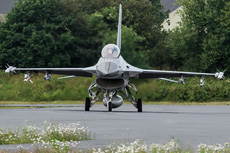
|
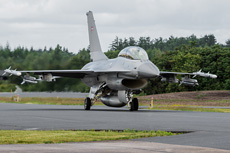
|
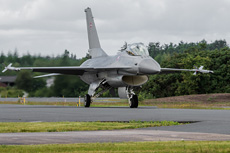
|
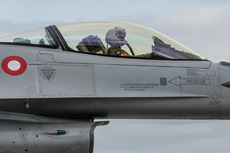
|
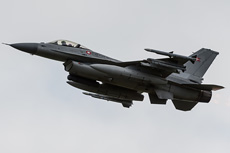
|
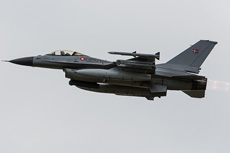
|
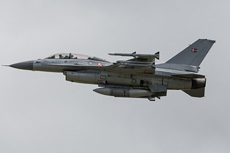
|
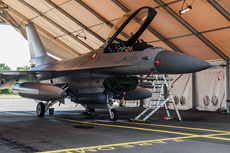
|
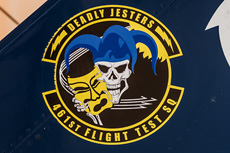
|
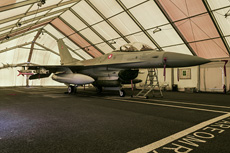
|
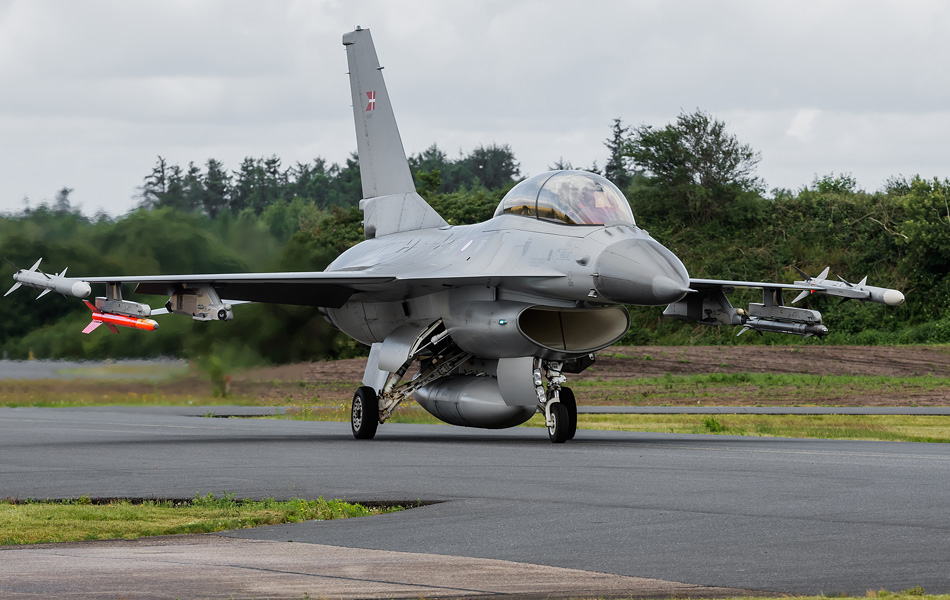
|
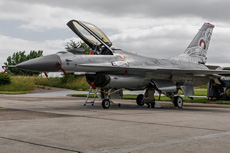
|
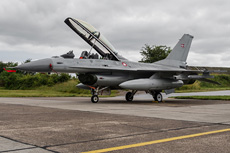
|
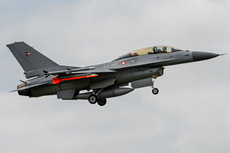
|
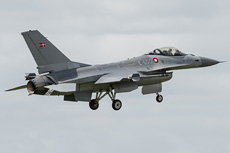
|
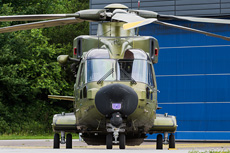
|
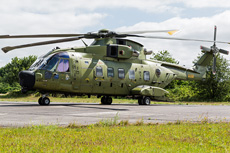
|
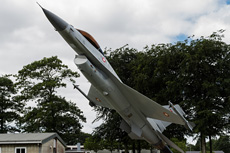
|
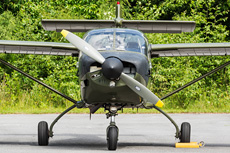
|
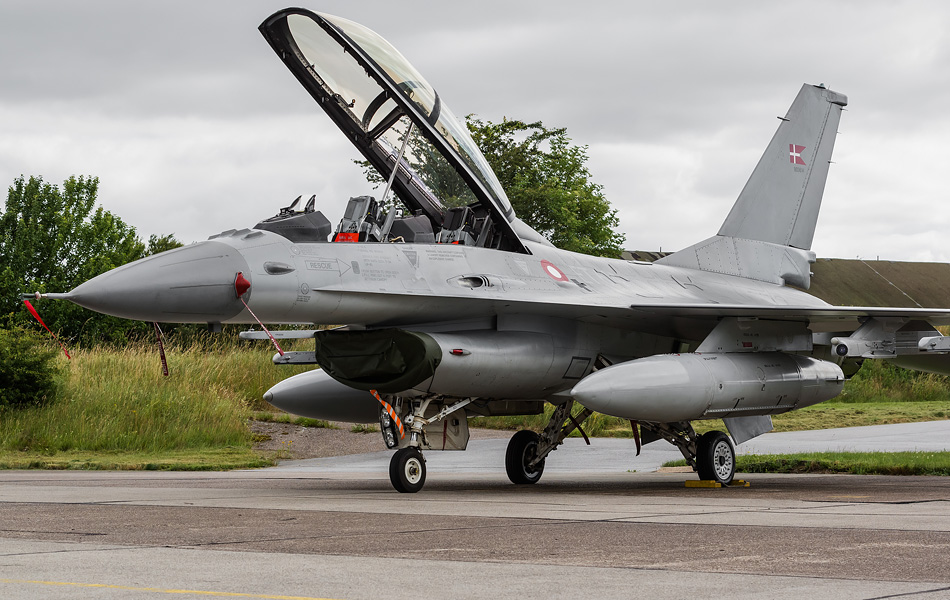
|
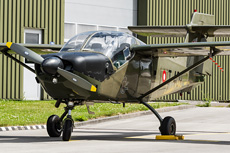
|
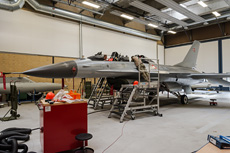
|
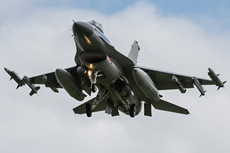
|
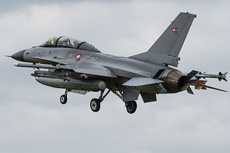
|
|
|

|







